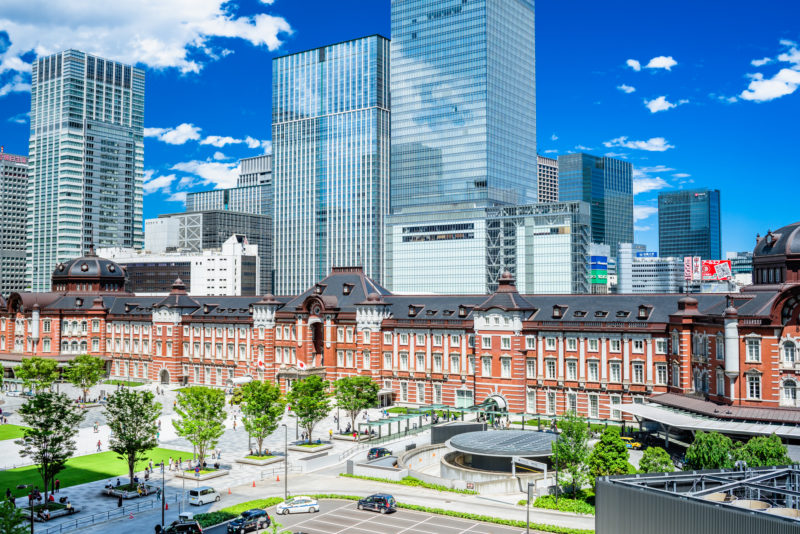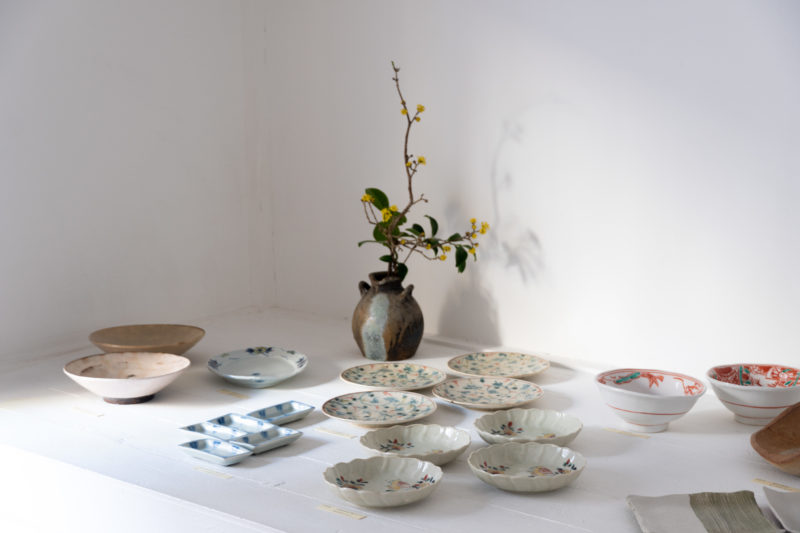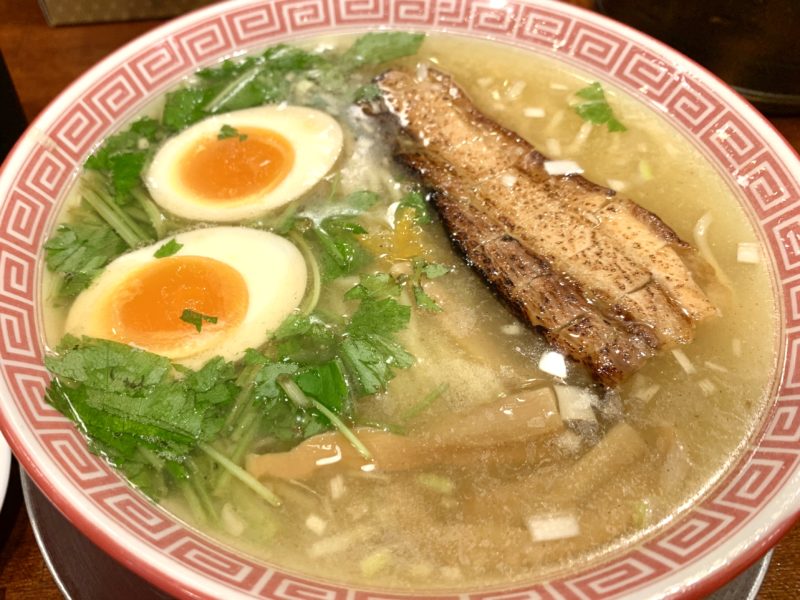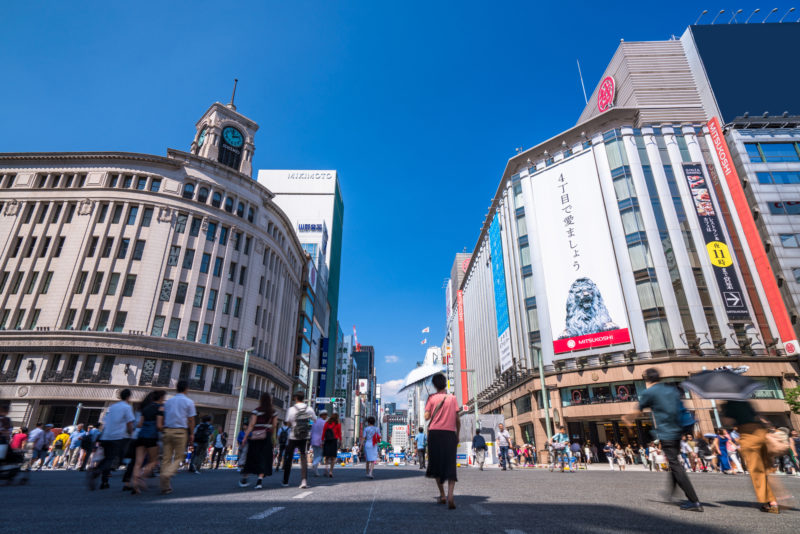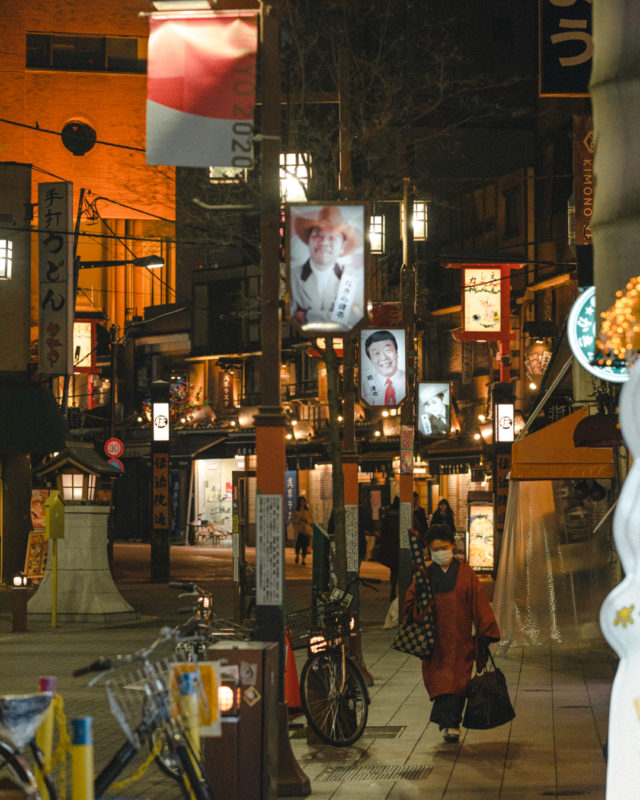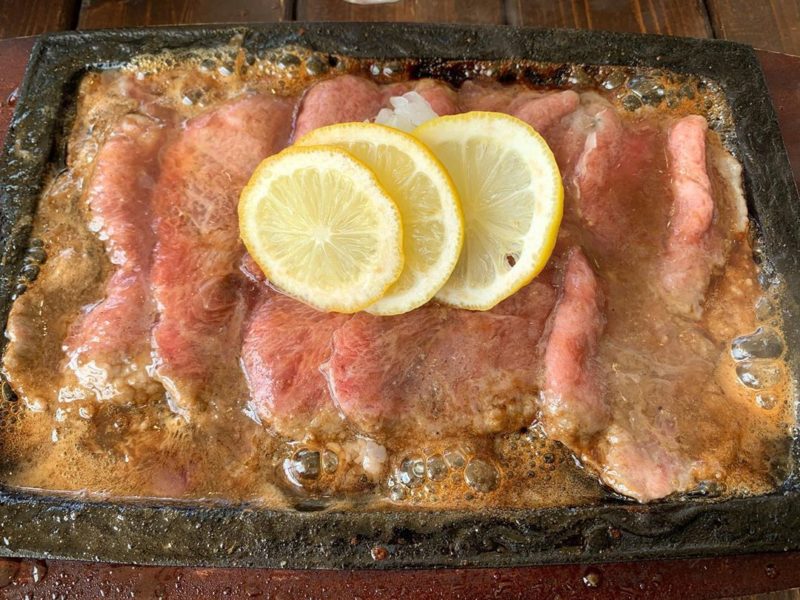Within 10 minutes’ walking distance from JR Ochanomizu St.! 3 recommended historical spots that have supported the development of Japanese culture
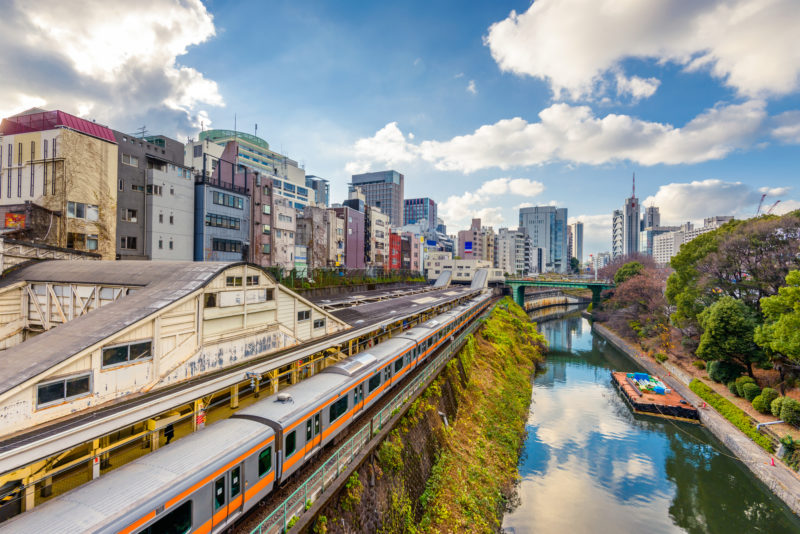
Ochanomizu Station is one station away from JR Akihabara Station. This area has lots of office buildings, whereas, there are also spots representative of Japanese history. Because various buildings were built between the Edo period and the Meiji period when Japanese culture and industry came a long way, Ochanomizu is filled with buildings and sightseeing spots that contributed to Japanese history.
This time, we’re going to introduce 3 recommended spots from among historical ones located within 10 minutes’ walking distance from JR Ochanomizu Station.
Japan’s oldest important cultural property made with bricks “Holy Resurrection Cathedral”
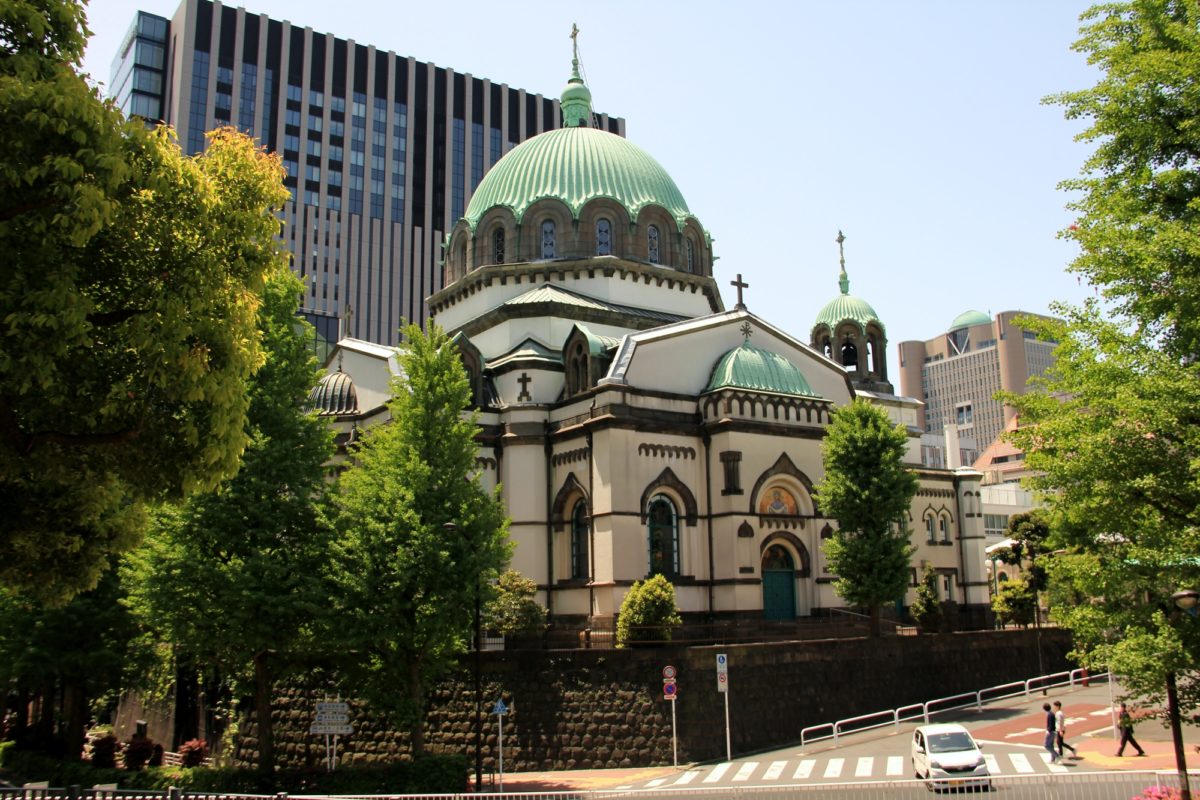
Commonly called Nicholai-do, “Holy Resurrection Cathedral” was built by St.Nicholas who came to Japan for missionary work from Russia in 1891. This church is designated as a National Important Cultural Property and a classical, massive and authentic Byzantine style with a round green dome-shaped roof. We can hardly ever find this style building even in Europe, the home of Christianity. To our surprise, Holy Resurrection Cathedral is a Romanesque style, that features arch and thick wall, and a Renaissance style, that features a simple design reminding you of ancient temples, as well as a Byzantine style. Stepping into the cathedral, you will feel a sacred atmosphere created by stained glass, icon and gentle light of countless candles.
| Opening Hours | April – September 1:00PM – 4:00PM /October – March 1:00PM – 3:30PM Not available on Monday and New Year’s Holidays ※Please check available days and time on the official website because they may vary. |
| Address | 4-1 Kanda Surugadai, Chiyoda-ku, Tokyo Prefecture |
| Access | A 3-min walk from JR Ochanomizu Station |
| URL | http://nikolaido.org/en/ |
The starting place of Japanese school education “Yushima Seido”
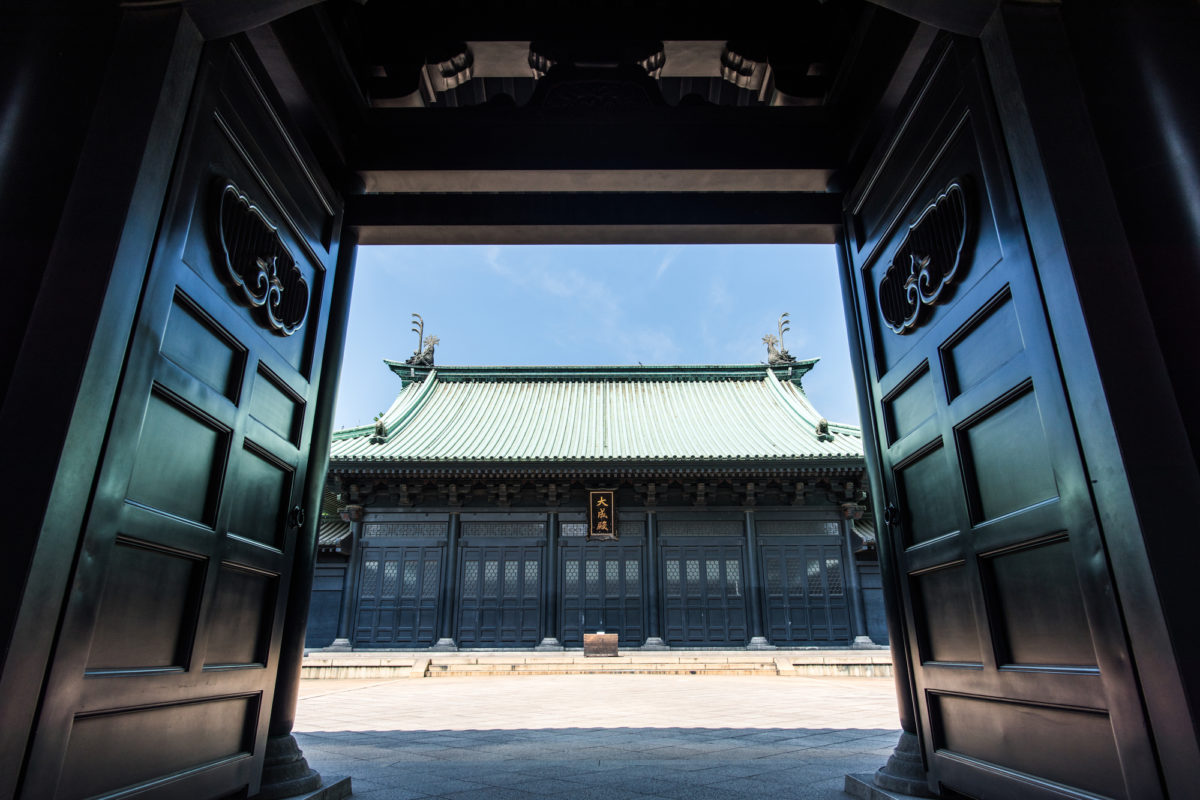
“Yushima Seido (Yushima Sacred Hall) ” was built in 1691 by following the order of Tsunayoshi Tokugawa. Originally, it was a private school opened at the location of the current Ueno Park in 1630 by Razan Hayashi who was a Neo-Confucian scholar. But, Tsunayoshi showed his disapproval with the fact that it’s not managed by the Shogunate and ordered to build the main hall ‘Taisei-den’. From then, the history of Yushima Seido started. At the Meiji period, the new Japanese government managed it and constructed these buildings: Tokyo Normal School (Tsukuba University), Tokyo Women’s Normal School (Ochanomizu University), Japan’s first museum (Tokyo National Museum) and library. As described, “Yushima Seido” had supported the development of Japan’s modern education for a long time. The world’s largest statue of Confucius and 3 towering wooden gates, the inside of the Taisei-den where the scene of the time it was a Confucian school comes to your mind and so on tell you the history.
| Opening Hours | 9:30AM – 5:00PM (In winter, it closes at 4:00PM) Closed from 13th August – 17th August and 29th December – 31st December ※Taisei-den opens to the public only on Saturday, Sunday and holidays (10:00AM – Closed Time) |
| Address | 1-4-25 Yushima, Bunkyo-ku, Tokyo Prefecture |
| Access | A 2-min walk from JR Ochanomizu Station |
| URL | https://www.gotokyo.org/en/spot/271/index.html |
“Kanda Suzuran-dori Street” filled with long-established shops from used book stores to restaurants
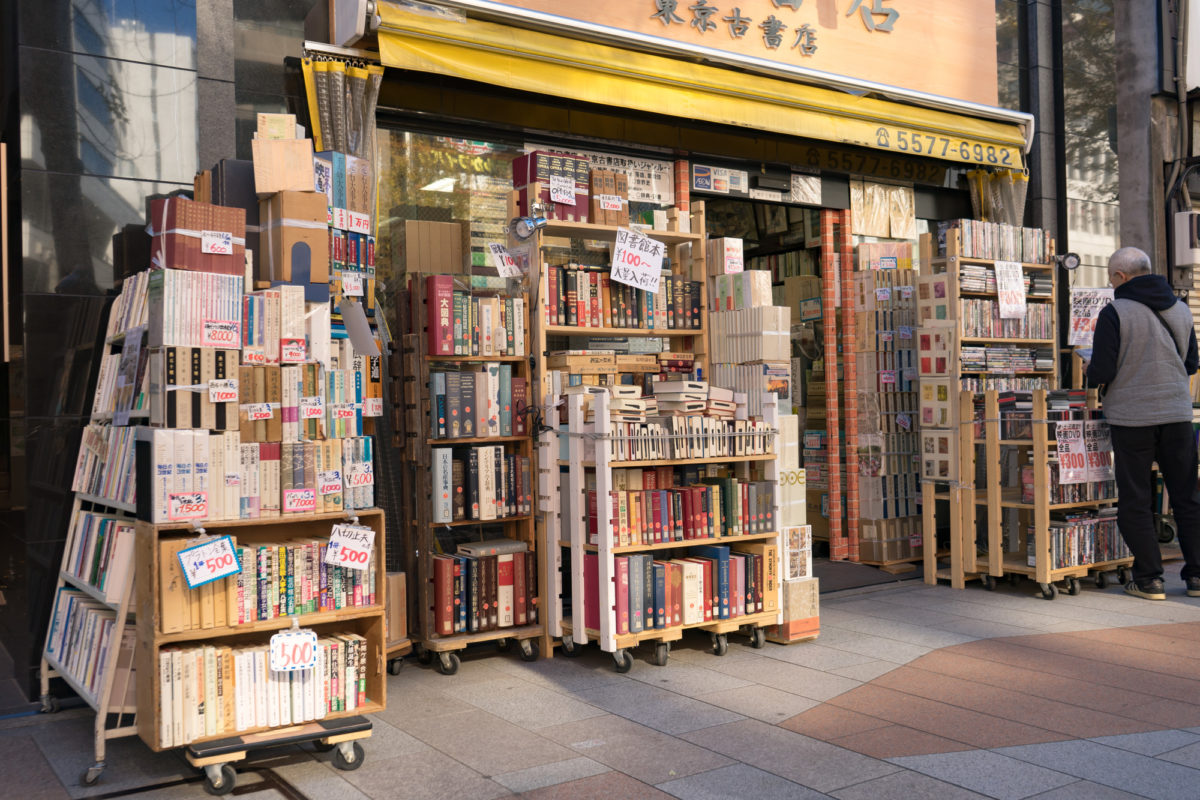
“Kanda Suzuran-dori Street” is a shopping street with a full length of approximately 260 meters, which stretches from Surugadaishita intersection on Yasukuni-dori to Hakusan-dori. Government and private schools were established in the surrounding area from the Meiji period to the early Taisho period, so this area flourished as a town with lots of students. Therefore, many teachers and students went and came around this street, and many bookstores gathered. Today, it’s said that this shopping street with about 150 used bookstores is the largest book town in the world. Besides, there are long-established restaurants where literary giants such as Ranpo Edogawa and Yukio Mishima often visited. It’s also attractive that you can come across shops brought about change to Japan, including ‘Bunbodo’ which invented and sold Japan’s first oil paint and Tokyo’s first tea specialty store ‘TeaHouseTAKANO.’
| Address | 1 Kanda Jimbo-cho, Chiyoda-ku, Tokyo Prefecture |
| Access | A 8-min walk from JR Ochanomizu Station |
| URL | http://www.kanda-suzuran.com/ |
Base of this trip
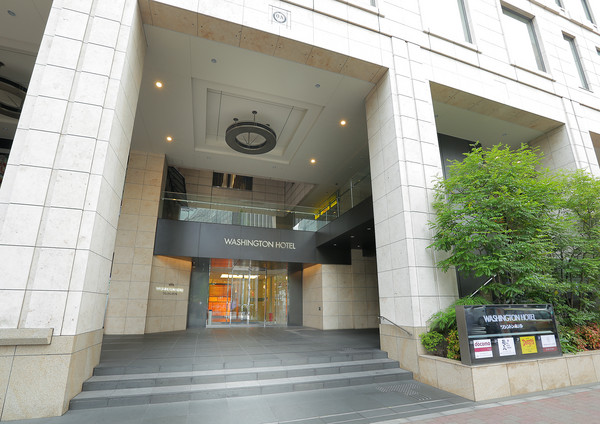
Akihabara Washington Hotel
1-min walk from JR Akihabara station / 2-min walk from Akihabara station on the Hibiya line
